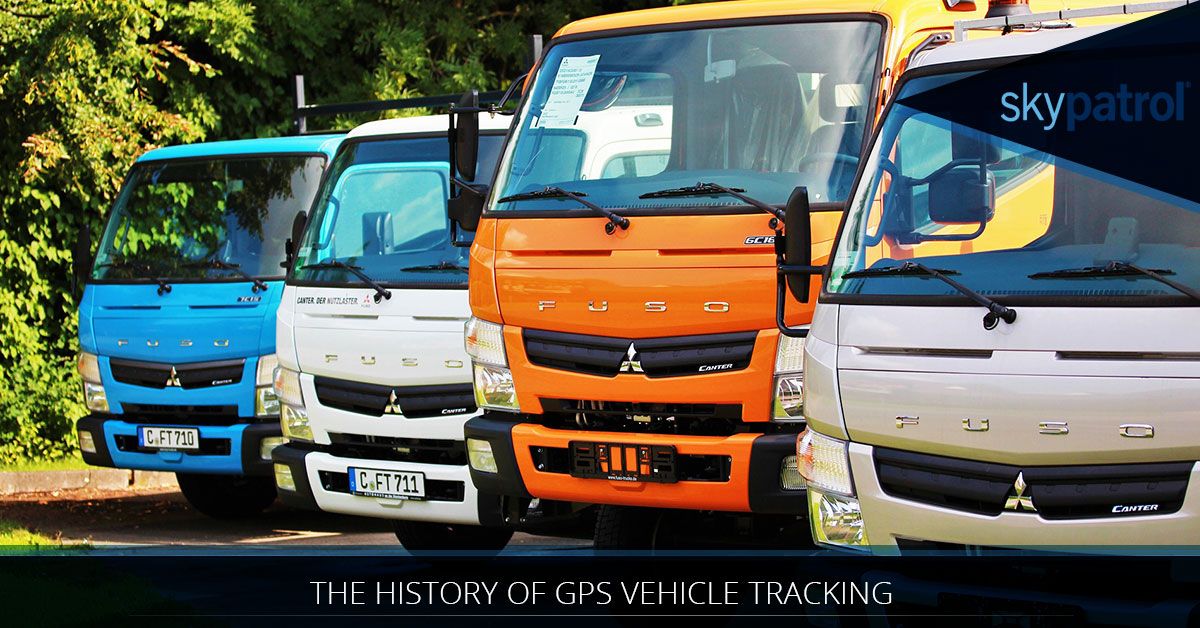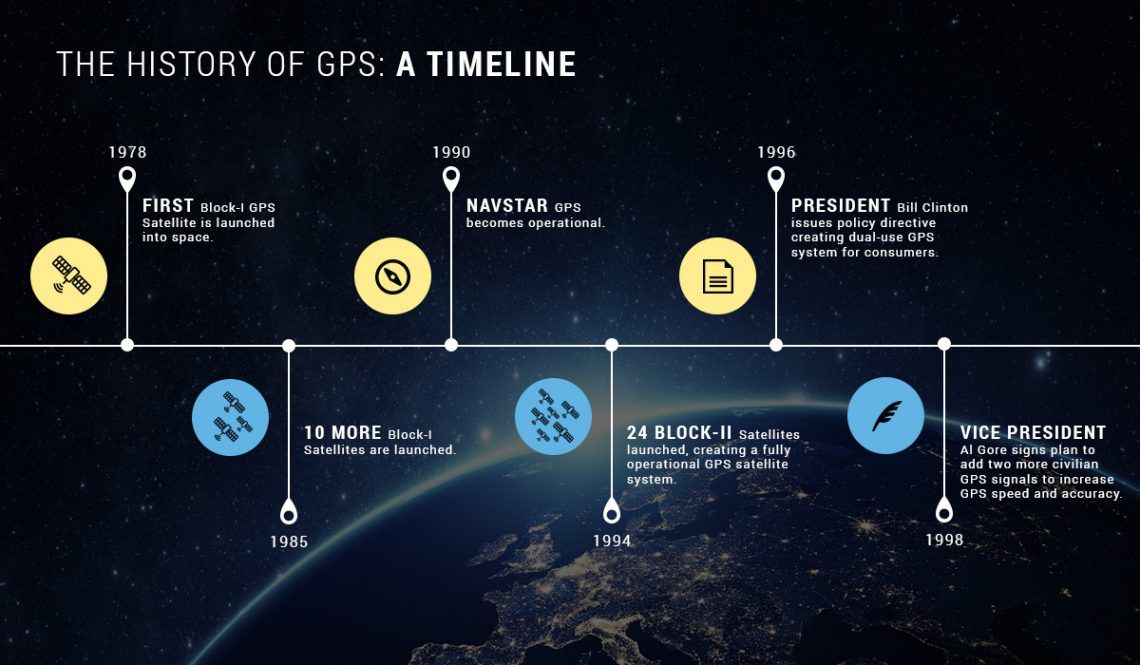Today, fleet managers and companies have more control over their fleet vehicles than ever before. GPS tracking systems can keep tabs on fuel usage, driver speeds, idle times, driving patterns, and driver routes, and cross-reference this data with bulk data from the past to gauge improvements on driver and fleet efficiency. Fleet managers can even compare driver routes to real-time traffic to help their drivers avoid traffic jams and make quicker deliveries. It doesn’t matter the size or the type of fleet—GPS tracking and fleet management software systems are easy to install and easy to manage on virtually any budget.
But where will these systems go in the future? Ultimately, the fleet management software industry can make some improvements to improve driver safety by monitoring driver behavior more closely, and allowing managers to create safe driving incentive systems so drivers have more reason to make good decisions on the road. GPS tracking also must improve its overall accessibility on portable devices. While products like Skypatrol’s Fleet Command allow users to access fleet management software on their most popular devices from a simple web platform, others must find ways to ensure fleet managers can manage their fleets—even when they’re not in the office.
Overall, GPS tracking technology and fleet management software has come a long way in the few past few decades, and that progress has rubbed off on the fleet industry. The need for reliable fleets in the United States is growing rapidly—from $9.54 billion in 2016 to a projected $27.9 billion industry by 2021—and it goes to show how a few small satellites have proven to be so valuable to the fleet industry and American commerce.


